Navigating through choppy waters
The growth in the number of boats in Poland has failed to catch up with the development of the marina industry in recent years. Coupled with other factors, like rising energy costs and taxation, this puts pressure on business revenue. Vladislav Vorotnikov reports
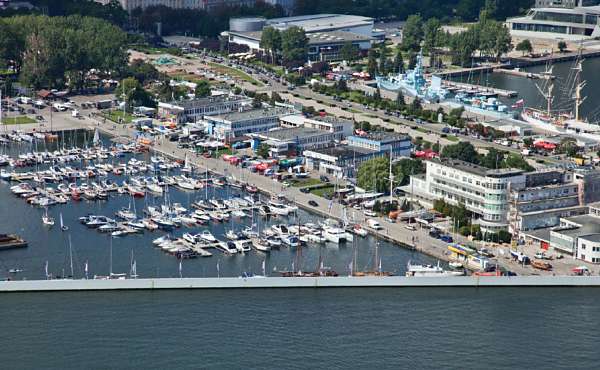
The need for new berths in the Gdynia area, the heart of the Polish sailing industry, has long been evident. Photo: Marina Gdynia
The impact of this upward trend should, however, be treated with caution. According to Przemysław Lenard, deputy director for the Maritime Office, the lion’s share of new vessels is registered by foreigners and these boats are never meant to sail in Polish waters or be moored up in the country. In 2023, the number of boats registered by foreigners under the Polish flag amounted to 26,200, Lenard said, citing the official figures. This represents a hike in vessel registration by foreigners over the past four years.
On 1st August 2020, the Polish Government embarked on a reform measure to dramatically simplify the registration of yachts and other floating vessels up to 24m (79ft) in length.
In previous years, Polish boat owners tended to register their boats in foreign jurisdictions for different reasons, commented Patryk Zbroja, a maritime lawyer and a boat owner. Now, the entire process has been transferred to the online portal Reja24.
The reform turned the tables significantly, as foreigners are now coming to Poland in large numbers to register their vessels, Zbroja said.
“The registration procedure is now simpler, faster and cheaper than it used to be. Previously, sea-going and inland yachts had to be included in as many as six types of state register, kept by different maritime chambers and maritime offices,” Zbroja explained.

Boat handling at Marina Przelom.
Expanding capacities
Recent years have been marked by a rise in the number of public marinas in Poland and this trend continues. “An increased number of marinas have been developed, thanks to EU funding, that are owned by and managed by the state. The number of berths increases faster than the actual number of vessels,” commented Ewa Kot, owner and CEO at Marina Przełom in Górki Zachodnie, Gdańsk. Marina Przełom is nonetheless expanding its capacity. In 2024, it added 3,500m² (37,700ft²) of space for wintering and summer maintenance to meet increasing demand for storing and repairing sailing and motor yachts, Kot revealed.
Regional authorities across Poland are also mulling plans to build new or expand existing marinas. For example, the regional authorities in Świnoujście have recently said that they are seeking EU funding to modernise the marina in the North Basin.
“We want to obtain PLN13 million (€3 million) to modernise the piers so that they rise according to the water level,” Paweł Sujka, deputy mayor of Świnoujście said during an interview on Radio Szczecin.
The key rationale behind the project is to become more competitive. The investment is needed not only to add more space but to make the marina in the Northern Basin look “more or less like the marina in Łunowo, in other words, very modern,” Sujka explained.
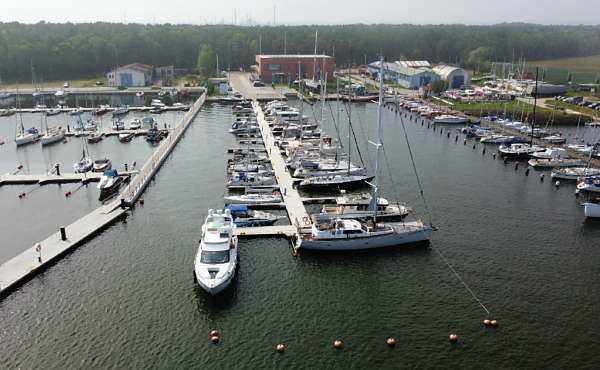
Marina Przelom is expanding its capacity to meet increasing demand for storing and repairing sailing and motor yachts.
“There will be concrete piers attached to piles, completely resistant to storm conditions. After this modernisation, the marina will probably be the largest on the Polish sea coast,” noted Marek Bartkowski, manager of the marina in the Northern Basin.
One of the most ambitious current projects in the Polish marina industry is the upcoming construction of Nova Marina Gdynia. The project, developed as a joint venture model by Ghelamco Poland and the Polish Sailing Association, will involve the construction of a multifunctional building with an area of approximately 20,000m² (215,300ft²). Among other things, it will house the headquarters of the Polish Sailing Association.
The need for new berths in the Gdynia area, the heart of the Polish sailing industry, has long been evident. In an interview with Marina World in 2019, Przemysław Marynowski, a spokesman for Marina Gdynia, revealed that growth in the number of boats and yachts in the country boosted the demand for new accommodation, particularly in the Gdynia area. During the high season, usually observed in the summer months, it was typically booked by 100%, Marynowski indicated.
Emerging opportunities
Market players believe that the marina industry in Poland has some natural constraints. Cruising in the country is largely limited to the two sailing areas around the ports of Szczecin and Gdynia. Sailing north is challenging because Poland is separated from Lithuania and Latvia by Kaliningrad Oblast, Russia.
The distance between Gdynia and Klaipeda, Lithuania, is 143 nautical miles and if European boat owners had an opportunity to visit Svetlogorsk, Russia, at the mid-way point, this would give a new growth impetus to yachting in this part of Europe. But in the context of the ongoing political tensions with Russia, such opportunity will unlikely emerge in the foreseeable future.
In recent years, new marinas have also started to appear outside of the regions most popular among boat owners.
In May 2024, Nautica Marina launched a new marina in the lake-rich region of Warmia-Masuria, which can berth up to 150 boats.
In December 2023, regional authorities also presented a concept of building a marina on the Vistula River in Bydgoszcz in the central part of the country, northwest of Warsaw. The initiative is in its infancy but has attracted a lot of public attention as one of the proposed scenarios provides for the construction of a floating marina.
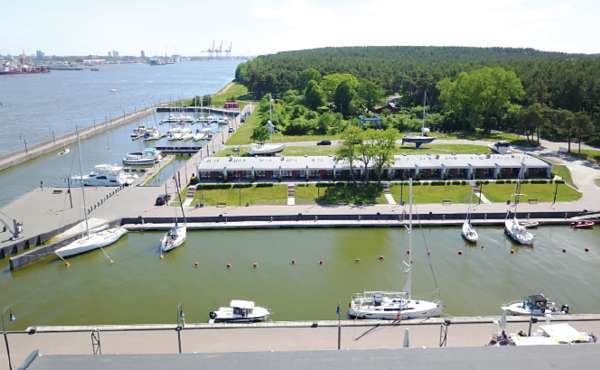
Private marinas face challenges due to rising costs and increasing difficulty in competing with public marinas that may not need to make operating profit. Photo: Smiltyne Yacht Club Marina
Work on the trail is scheduled to start by the end of 2025 and Wody Polskie, a state water holding, is due to select site locations for the marina construction that will not be harmful to the environment.
“This will be a network of marinas and tourist attractions. Everything will be covered by one marketing umbrella,” Marcin Karasiński, vice president of the Vistula Tourist Organisation and coordinator of the Vistula Trail, told the local press.
Cost competition
The situation is far from being cloudless for Polish marinas. During the past few years, just like the entire economy, marinas in Poland have seen a surge in energy costs.
While all of Europe has been suffering from rising energy costs over the last couple of years, in Poland this has been particularly pressing. Wholesale energy prices in Poland are among the highest in Europe. As of the middle of 2024, the average wholesale price of electricity in Poland was €90 per MWh. Higher prices were recorded during this period only in Ireland and Italy. In comparison, in Norway and Sweden, the energy prices were as low as €32 and €39 per MWh, respectively.
“The rise of energy costs forces marina operators to seek alternative energy sources,” Ewa Kot said, and to help mitigate the rise in costs in 2023, Marina Przełom installed solar panels to provide a renewable and clean source of energy. A solution that Kot indicated is becoming common in the country.
But high energy costs are only one of the factors putting pressure on the profitability of the marina business in Poland. “The common challenges for marinas operating in Poland are the annual tax increases and the introduction of new taxes,” Kot admitted.
And there is growing competition between the private sector in the industry and public marinas. “Private marinas find it hard to compete with the public marinas that are financed from budget and may be operating at a loss,” Kot claimed.
Marina Royale Darłowo, located in the north on the coast of the Baltic Sea, despite its name, opted not to build a marina as a part of its project, Wojciech Konferowicz, sales director, POC Partners, the company managing Marina Royale, commented. The demand in this region is primarily met by two marinas located further inside the Darłowo port. Both are owned and managed by the state, Konferowicz indicated.
The coming years also promise to be somewhat challenging for the marina industry in Poland as the energy crisis is yet to loosen its grip on the sector, the general economic outlook remains uncertain, and competition is likely to strengthen.

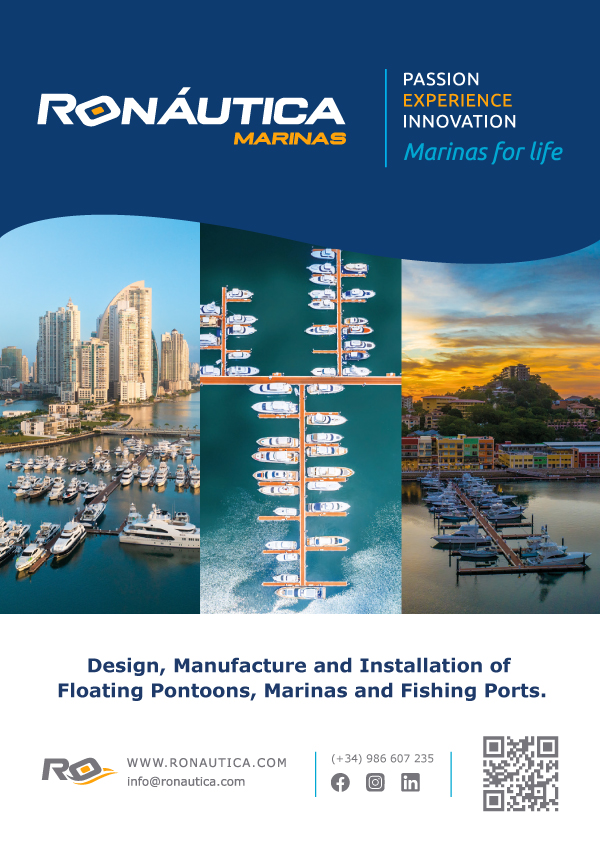
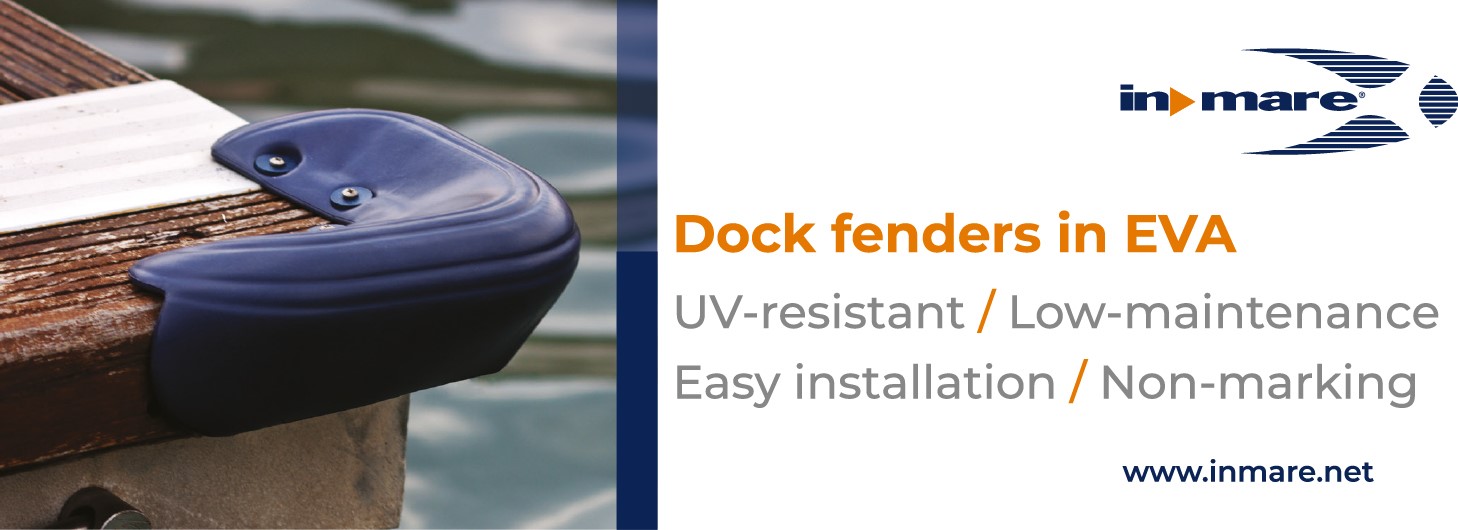
.jpg)